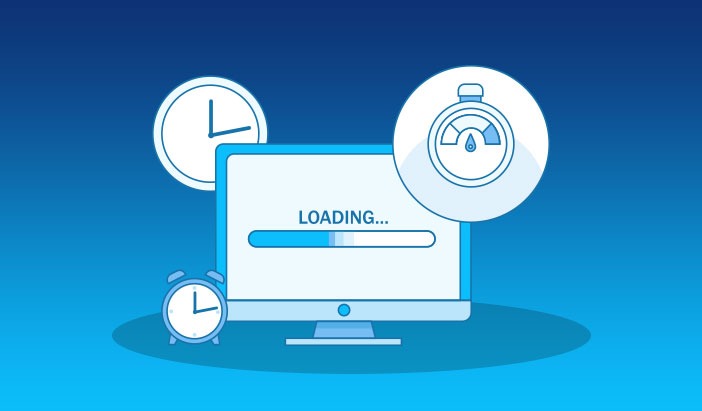"How to Optimise Your Website's Loading Speed "
For better user experience


In today's fast-paced digital landscape, a slow-loading website can be a major turn-off for users and a detriment to your online success. Studies have shown that a delay of just a few seconds in page load time can significantly impact user satisfaction and engagement. To provide your visitors with a seamless browsing experience and improve your website's performance, it's crucial to optimise its loading speed. In this article, we will explore effective strategies and best practices for optimising your website's loading speed, resulting in enhanced user experience and increased conversions.
Optimise Image Sizes: Large image files can significantly slow down your website. To optimise loading speed, resize and compress images without sacrificing quality. Use image compression tools and choose appropriate file formats such as JPEG or PNG to reduce file sizes. Additionally, consider lazy loading, where images load only when they are visible on the user's screen, improving initial page load times.
Minify and Combine Files: Minifying your CSS, JavaScript, and HTML files involves removing unnecessary characters, white spaces, and comments. This reduces file sizes and enables faster parsing by browsers. Similarly, combining multiple files into a single file reduces the number of HTTP requests and speeds up loading times. Use tools like minification plugins or build tools to automate this process.
Leverage Browser Caching: Leveraging browser caching allows you to store static resources on a user's device, reducing the need to fetch them from the server with each visit. Set appropriate cache expiration headers for static files like CSS, JavaScript, and images. By doing so, returning visitors will experience faster loading times as their browsers retrieve the cached resources locally.
Optimise Code and Scripts: Review your website's code and scripts to identify any inefficient or redundant lines that may impact loading speed. Remove unnecessary plugins, scripts, and stylesheets that are not actively used. Additionally, ensure that your JavaScript is non-blocking by placing it at the bottom of the page or using async/defer attributes to prevent blocking the rendering of the page.
Content Delivery Network (CDN): Implementing a Content Delivery Network can significantly boost your website's loading speed. CDNs distribute your website's static content across multiple servers worldwide, delivering it from the server closest to the user's location. This reduces latency and speeds up content delivery. Consider integrating a reputable CDN service to enhance your website's performance.
Enable Gzip Compression: Enabling Gzip compression on your server compresses your website's files before sending them to the user's browser. This significantly reduces file sizes, resulting in faster transfer times. Check with your web hosting provider or utilise plugins to enable Gzip compression and enhance your website's loading speed.
Prioritise Above-the-Fold Content: Ensure that the critical content above the fold (visible portion of the page without scrolling) loads quickly. Optimise the rendering of this content by minimising the number of external resources required to display it. By prioritising above-the-fold content, you provide users with a positive initial experience, even if the complete page load takes longer.
Regular Performance Monitoring: Continuously monitor your website's performance using tools like Google PageSpeed Insights, GTmetrix, or Pingdom. These tools provide insights into your website's loading speed, identify areas for improvement, and offer suggestions for optimisation. Regularly check your website's performance metrics to ensure consistent loading speed.
Conclusion: Optimising your website's loading speed is crucial for delivering an exceptional user experience. By implementing the strategies mentioned above, you can significantly improve your website's performance, reduce bounce rates, and increase user engagement. Remember to regularly review and optimise your website's speed to adapt to changing user expectations and technical

